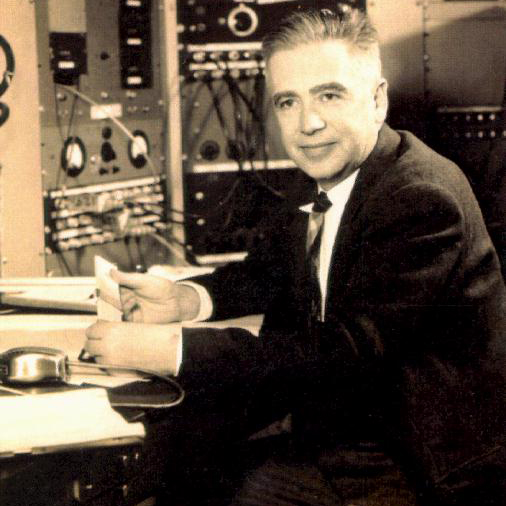Astatine
85
At
Group
17
Period
6
Block
p
Protons
Electrons
Neutrons
85
85
125
General Properties
Atomic Number
85
Atomic Weight
[210]
Mass Number
210
Category
Halogens
Color
Silver
Radioactive
Yes
From the Greek astatos meaning unstable
Crystal Structure
n/a
History
In 1869, existence of astatine was first predicted by Russian chemist Dmitri Mendeleev and called the element eka-iodine.
In 1940, Dale R. Corson, Kenneth Ross MacKenzie, and Emilio Segrè isolated the element at the University of California, Berkeley.
Instead of searching for the element in nature, the scientists created it by bombarding bismuth-209 with alpha particles.
In 1940, Dale R. Corson, Kenneth Ross MacKenzie, and Emilio Segrè isolated the element at the University of California, Berkeley.
Instead of searching for the element in nature, the scientists created it by bombarding bismuth-209 with alpha particles.
Electrons per shell
2, 8, 18, 32, 18, 7
Electron Configuration
[Xe] 4f14 5d10 6s2 6p5
Astatine is preferentially concentrated in the thyroid gland
Physical Properties
Phase
Solid
Density
7 g/cm3
Melting Point
575.15 K | 302 °C | 575.6 °F
Boiling Point
610.15 K | 337 °C | 638.6 °F
Heat of Fusion
6 kJ/mol
Heat of Vaporization
40 kJ/mol
Specific Heat Capacity
-
Abundance in Earth's crust
n/a
Abundance in Universe
n/a

CAS Number
7440-68-8
PubChem CID Number
n/a
Atomic Properties
Atomic Radius
-
Covalent Radius
150 pm
Electronegativity
2.2 (Pauling scale)
Ionization Potential
9.3 eV
Atomic Volume
30 cm3/mol
Thermal Conductivity
0.017 W/cm·K
Oxidation States
-1, 1, 3, 5, 7
Applications
The newly formed astatine-211 is important in nuclear medicine.
Once produced, astatine must be used quickly, as it decays with a half-life of 7.2 hours.
Astatine-211 can be used for targeted alpha particle radiotherapy, since it decays either via emission of an alpha particle.
Once produced, astatine must be used quickly, as it decays with a half-life of 7.2 hours.
Astatine-211 can be used for targeted alpha particle radiotherapy, since it decays either via emission of an alpha particle.
Astatine is highly radioactive
Isotopes
Stable Isotopes
-Unstable Isotopes
193At, 194At, 195At, 196At, 197At, 198At, 199At, 200At, 201At, 202At, 203At, 204At, 205At, 206At, 207At, 208At, 209At, 210At, 211At, 212At, 213At, 214At, 215At, 216At, 217At, 218At, 219At, 220At, 221At, 222At, 223At